
That was the question that Emily Granados asked herself after her Facebook account started to erupt with private messages containing threats, reproaches and all kinds of insults. “I had to close the account temporarily,” she told me.
Emily contacted me days ago because she wanted to tell her side of the story. “I’m worried that people judge without knowing; there are people that have even left offensive messages on my employer’s page.” We had arranged to see each other when she came to San Jose (she lives in Alajuela). This Saturday, along with her family, she visited my home and we chatted.
Context
The young interior designer and wedding planner earned national and international fame, thanks to a photo taken of her while she walked among a group of Kemp’s Ridley sea turtles, in Ostional. The image was taken during the chaotic weekend during which more than 5,000 tourists visited the beach.
The entire country knew about the event just hours later, thanks to various articles in different national media that used the photos, provided by SITRAMINAE.
“When I got to the beach, I saw two photographers and I thought they were making a documentary since they were taking photos of the turtles and they had tripods in the sand… I didn’t realize when they took the photo of me.”
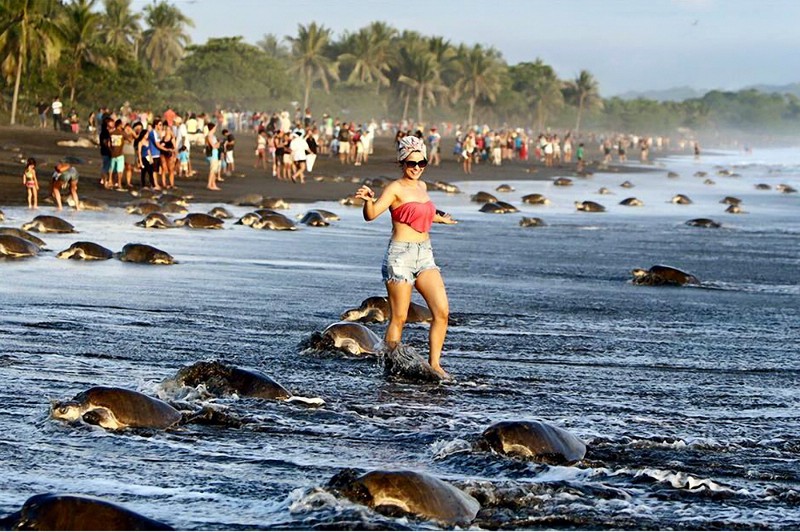
As soon as the image hit the web, the reaction on social networks was immediate. While the insults came in (“…that heap of vultures,” etc.), for obvious reasons, the young woman in the photo became the perfect target for the herd mentality. It is well known that people, when roused up by masses, feel encouraged to attack others.
“We are a society that thrives on ridiculing others and making ourselves feel better by making a spectacle of someone else.”
That statement was made by Nicole Haase in the article she wrote days after a group of young women were ridiculed by the public when they were caught taking selfies during a baseball game.
Don’t misinterpret me – this isn’t about losing critical insight or being politically correct; it’s about not giving free rein to prejudgment and summary execution when we don’t have any idea what really happened. No one would like to be in the position in whichyou fall victim to a digital lynching. Especially when the only evidence we have is a photo. What was the woman doing there? Was she really putting turtles at risk? Did she mistreat any animals?
Family Trip
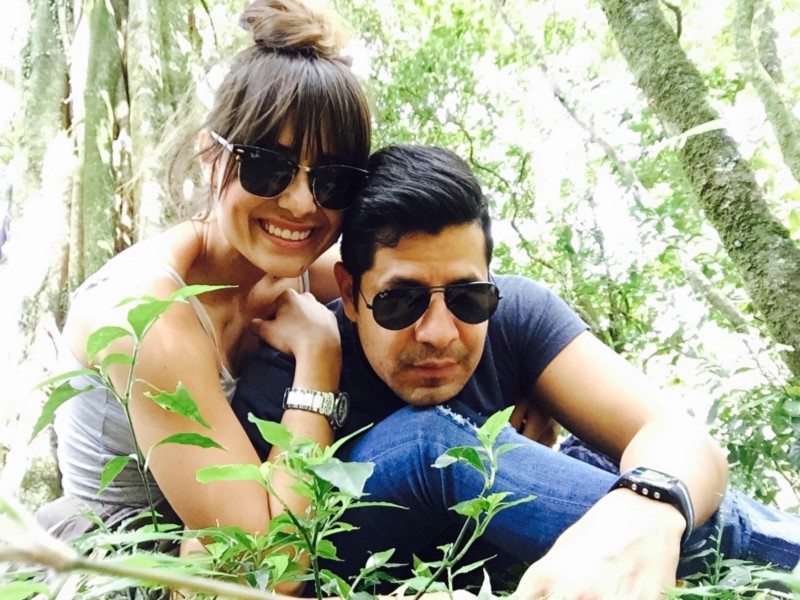
Sitting across from me, while her husband and daughter watch cartoons, Emily tells me her story.
“The strange thing is that we were part of a group of eight or ten people that actually paid for a tour to see the turtles. In Samara we were put in touch with a local agency because we don’t like to just visit, but to also get to know [a place]. We even paid for a kayak [tour] and they offered to take us to see the turtles. My daughter loves them so we signed up.”
The agency (Carillo Tours) organizes visits guided by an instructor who gives very clear instructions regarding how visitors can interact with the turtles. “It was never said that we couldn’t walk close to them, because that doesn’t bother them; we just had to avoid passing in front of them and that’s what we did.”
Once they were in Ostional, the guide indicated that they could not enter without a park guard. Accompanied by both officials, they entered. “We noticed that more and more people were arriving… I never saw police, chains, signs, nothing. It was like going to Jaco and going on to the beach; completely open. They asked us to stay together. We never touched the turtle.”
What were you doing at the moment the photo was taken?
El guíanospidió que nos alejáramos del gentío para no impedir el paso de las tortugas, nos indicó entonces que nos acercáramos a la orilla. En ese momento llegó hasta la costa una ola grande, que incluso le botó el trípode al fotógrafo. Imagino fue ahí que tomó la foto. Yo estaba capeándome la ola, nunca intervine en el camino de ninguna tortuga ni toqué ninguna tortuga.
The guide asked us to get away from the crowd to not block the turtles’ path, so they told us to go to the side. At that moment I got to the side of a big wavethat even knocked over the photographer’s tripod. I think it was then that they took the photo. I was dealing with the wave; I never crossed in the path of a turtle, nor did I touch a turtle.
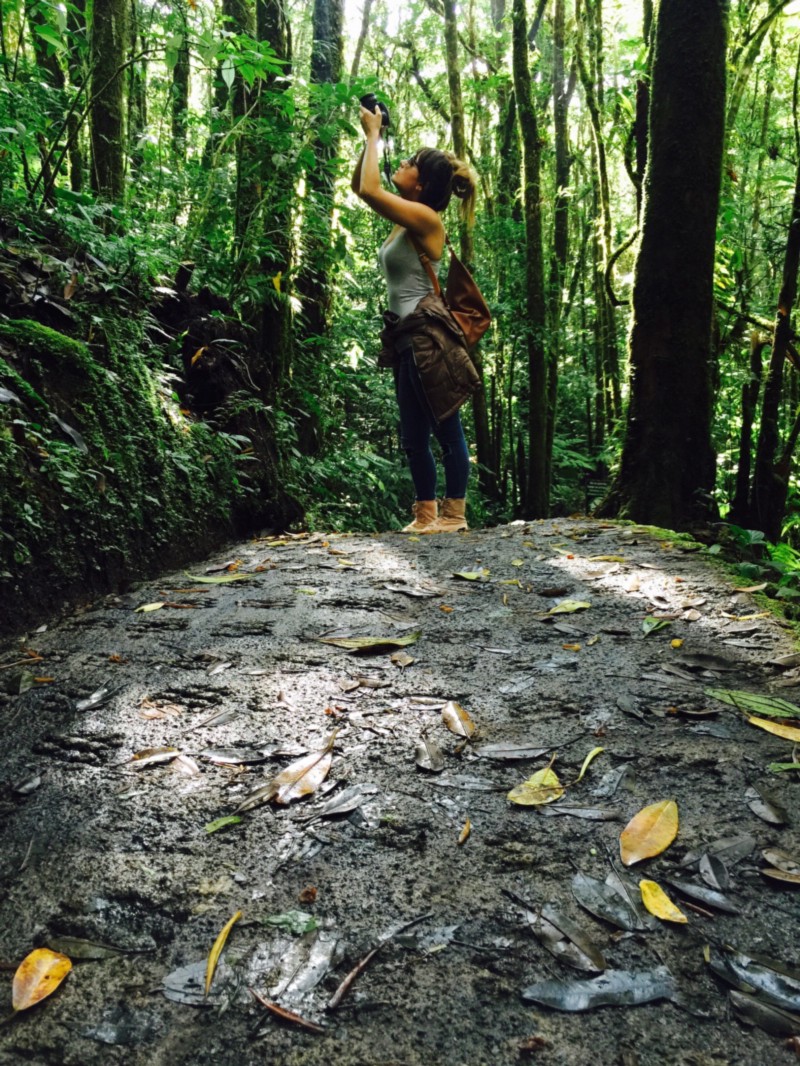
You look happy…
Why wouldn’t I be? Itwas a familytrip. Aside from the crowd it was a great trip… [it was] peaceful;we enjoyed it. We were also following all of the instructions they had given us and we had paid for the tour, specifically to visit under the proper conditions.
Emily is particularly frustrated to have followed all of the park guards’ instructions, as well as the guide’s, and in a stroke of bad luck end up as the official face of articles with titles such as “When the Biggest Animal is the Tourist” (Cuando el mas animal es el turista, Univison), “The Selfies of Shame”(Los selfies de la verguenza, Ensenada), and “The Flood of Tourists that Stopped Turtles from Nesting” (La oleada de turistas que impidioanidar a las tortugas, El Pais).
Not one of those outlets (and so many others around the country and world) was able to get Emily’s story. A good number just went with the simple version and edited the events (which motivated my initial article on the subject). Suddenly, Costa Rica was a country of irresponsible lunatics and this young woman was the modern, feminine version of Eco Loco. Tired, she decided that the moment to speak had arrived.
How did it come out that you were the person in the photo?
At the beginning, only my friends knew. But the moment in which a malicious person saw it and started to tell their contacts is when the situation got out of control. Initially I thought that after a couple of days everything would pass.Then I realized that the insults and threats were even coming to my employer’s page. There were even people who tagged me in the images.
The photo eventually made it to the New York Times…
Yes, it went around the world. But imagine it – if only the people who had gone with park guards had entered, this would never have happened. I still don’t understand how such a nice experience like this, like any other family trip, ended up like this. I cried a ton, I had nightmares, I felt very bad. There were people writing to tell me that I was the shame of the country, that they hoped they wouldn’t see me in the street. These people don’t know me, they don’t know who I am, they don’t know that I love animals, that I would never mistreat them.
What do you think about the coverage about the subject?
It seems to me that what is really important, what should be discussed, is the authorities’ work. The media failed at that; it was a much more interesting subject. Instead, to put together the scandal, they ended up choosing, out of the thousands of people who went, someone who paid for the tour and who had the park guards’ permission to be there. And what happened, happened.
Emily doesn’t hold the photographer responsible, nor the media, nor the park guards, nor the public – she knows that everything depends on chance and a series of unfortunate events, a chain of which we all are part. She worries, however, about how easy we can throw stones at others without knowing them. “Imagine if this would have happened to someone who is going through a rough time – the consequences could be very serious.”
Clearly, she had the tools to manage the situation, confront it and turn the page. “We love to explore Costa Rica; an incident like this isn’t going to discourage us. Actually, we’re coming home from Monteverde and in a few days we’re going to Dota,” she tells me, smiling and happy, while telling her three year-old daughter that decorations and toys are not the same… that decorations should not be touched, like turtles.


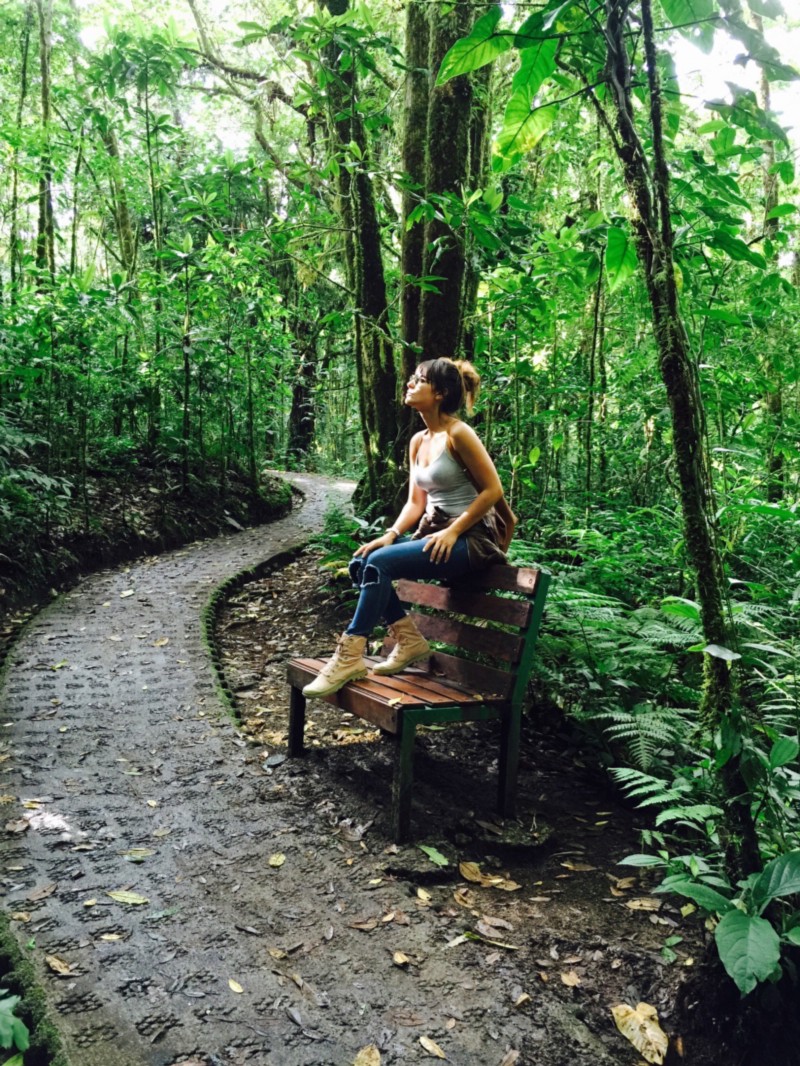
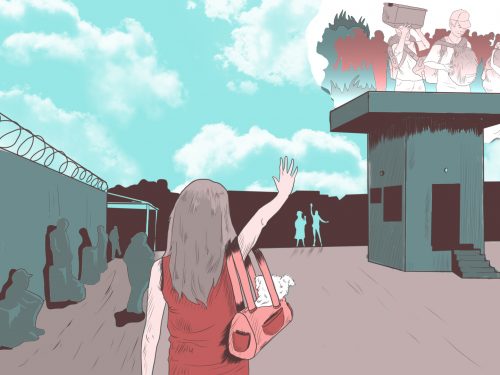
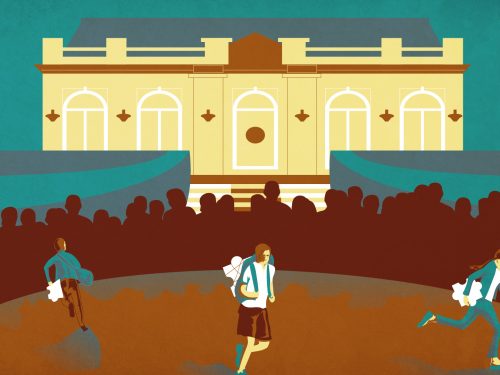
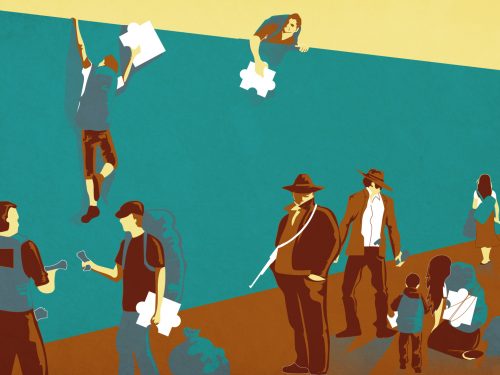

Comments